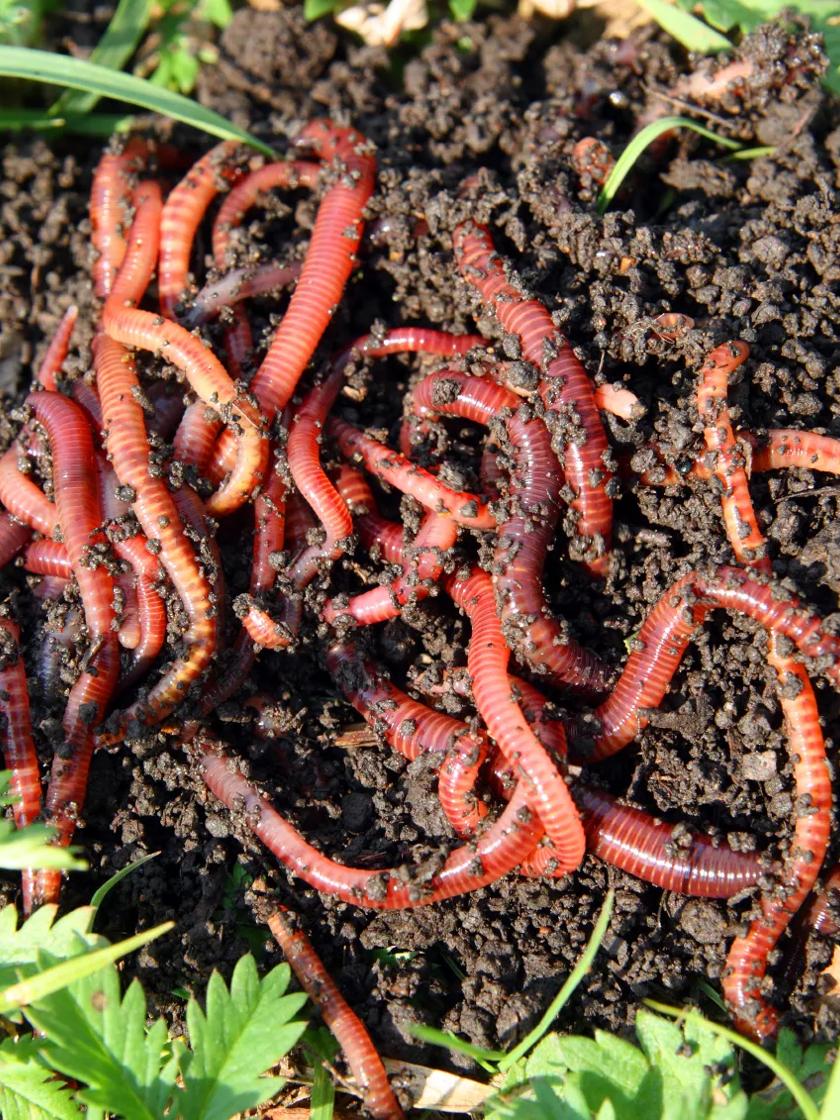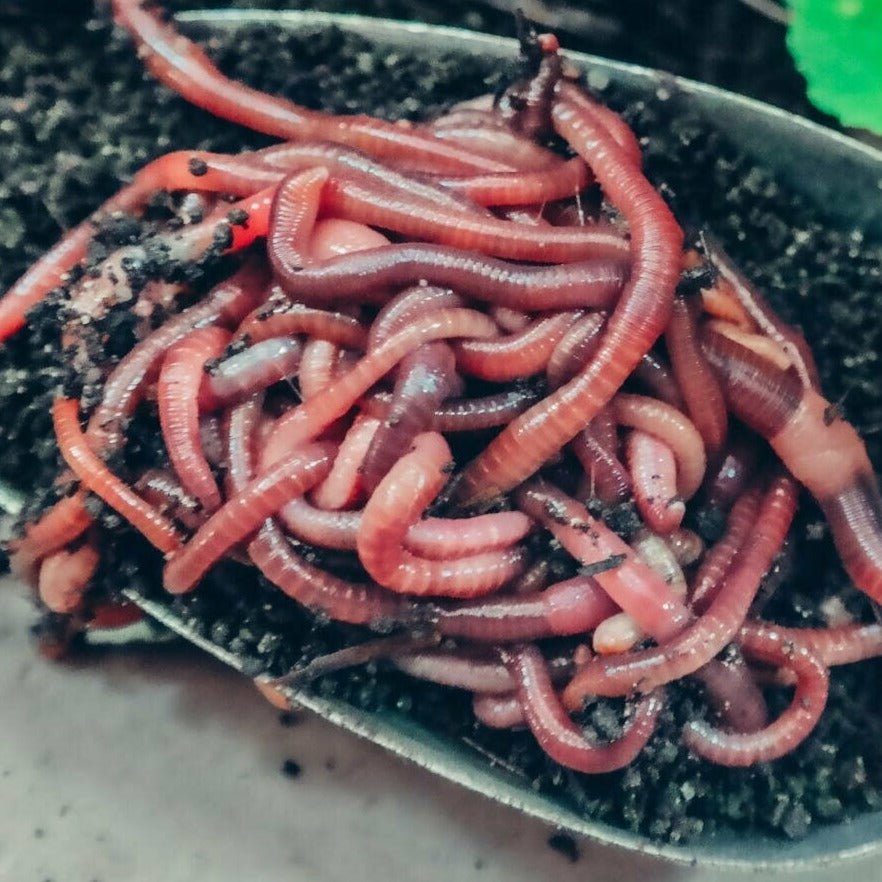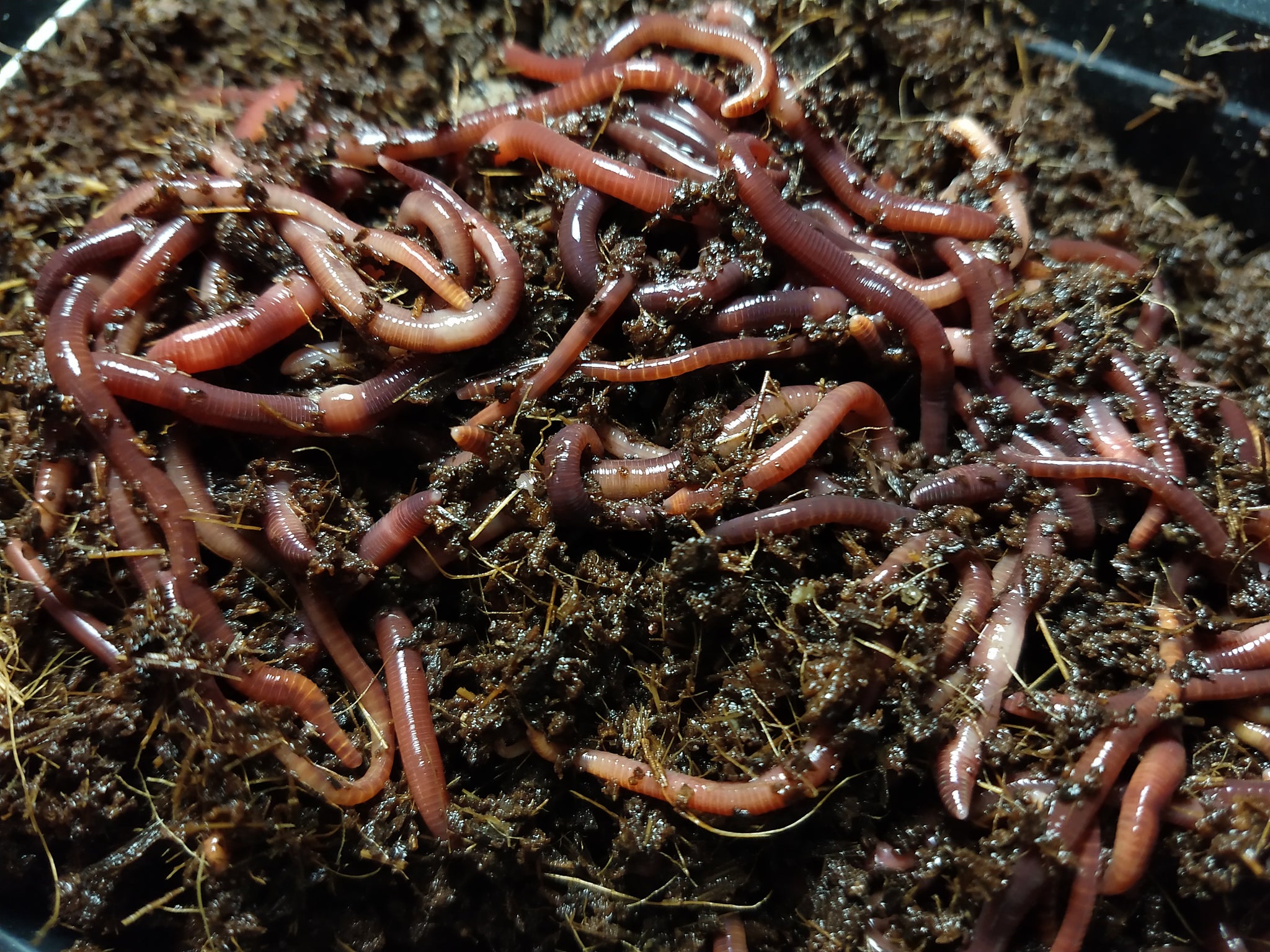Keep Your Lawn Green and Healthy with Expert Tips from Lake Hickory Bait
Keep Your Lawn Green and Healthy with Expert Tips from Lake Hickory Bait
Blog Article
Red Wigglers: The Unsung Heroes of Organic Waste Recycling
Red wigglers, or Eisenia fetida, serve as critical representatives in the organic waste recycling process, changing disposed of materials right into useful vermicompost. As the world increasingly looks for services to combat waste buildup and enhance farming efficiency, understanding the duty of these worms ends up being essential.
What Are Red Wigglers?
The impressive durability of red wigglers, medically called Eisenia fetida, underscores their vital role in natural waste recycling. These small, reddish-brown earthworms are commonly found in decaying organic issue, such as compost heap and manure heaps. Lake Hickory Bait. Unlike various other earthworm varieties, red wigglers flourish in nutrient-rich settings and are highly reliable at breaking down organic products, making them essential for vermicomposting

(Red Wiggler Express)In addition to their duty in waste decrease, red wigglers add to soil wellness by enhancing soil structure and aeration through their tunneling tasks (Lake Hickory Bait). Their existence in composting systems not just improves disintegration prices however also promotes a sustainable approach to squander monitoring, highlighting their relevance in environmental preservation initiatives
Advantages of Composting With Worms
Composting with worms, particularly red wigglers, uses countless benefits that boost both waste monitoring and soil wellness. These worms efficiently break down natural waste, transforming it right into nutrient-rich vermicompost that enhances soil. This process speeds up decay, enabling for a much faster recycling of kitchen area scraps and various other organic materials compared to traditional composting methods.
Additionally, the vermicompost produced by red wigglers is bristling with beneficial bacteria, which assist enhance soil framework, oygenation, and dampness retention. This boosts the total health and wellness of plants, promoting vigorous development and enhanced returns in gardens and farming settings. Moreover, making use of worms in composting lessens the production of greenhouse gases, such as methane, contributing to a more lasting waste monitoring system.

Exactly How to Beginning Vermicomposting
Developing a vermicomposting system is a simple procedure that can produce considerable advantages for both waste administration and soil enrichment. To start, select an appropriate container, such as a plastic bin or wooden box, with appropriate air flow openings to ensure proper airflow. The measurements should preferably be around 2 feet by 3 feet, allowing enough space for the worms to prosper.
Following, prepare bedding product, which can contain shredded paper, cardboard, or coconut coir. This bed linens needs to be moistened to develop a suitable environment for the worms. As soon as the bed linen remains in place, present red wigglers (Eisenia fetida) right into the container, commonly around one extra pound of worms for every single square foot of surface area.
Complying with the placement of worms, add natural waste, such as fruit and vegetable scraps, coffee grounds, and smashed eggshells. With these actions, you will successfully launch a vermicomposting system that adds to sustainable waste administration and enriches your soil.
Preserving a Healthy Worm Bin
(Red Wiggler Express)Keeping a worm container growing needs normal attention and treatment to guarantee the wellness of the red wigglers and the performance of the composting process. Correct upkeep starts with monitoring the moisture degrees; the bin should be wet yet not waterlogged. An excellent guideline is to keep an uniformity comparable to a wrung-out sponge.
Aeration is important as well. Gently mixing the bedding and food scraps every couple of weeks stops compaction and makes sure that all worms have access to oxygen. Furthermore, it is very important to feed the worms suitably. A well balanced diet regimen of vegetables and fruit scraps, coffee grounds, and smashed eggshells should be used in moderation to stay clear of overfeeding, which can lead to odors and parasites.
Temperature level law is another important element. Red wigglers prosper in an array of 55 to 77 levels Fahrenheit. If the container becomes too hot or cold, the worms may end up being stressed out - Lake Hickory Bait. Finally, regularly examine for indicators of health, such as worm population growth and the presence of healthy castings. By diligently managing these factors, one can maintain a durable and effective worm container.
Influence on Lasting Living
The successful maintenance of a worm container not just benefits the health and wellness of red wigglers but also adds dramatically to lasting living practices. By recycling natural waste, such as kitchen area scraps and lawn debris, red wigglers aid divert substantial quantities of product from landfills. This decrease in waste not just decreases greenhouse gas emissions yet likewise minimizes the ecological problem connected with waste management.
In addition, the castings produced by red wigglers act as a nutrient-rich organic plant food, improving dirt health and wellness and advertising plant development. This natural option to chemical fertilizers sustains sustainable farming and gardening methods, reducing dependence on synthetic inputs that can hurt communities. In addition, worm composting promotes recognition of waste administration, motivating individuals and neighborhoods to embrace even more lasting practices.

Conclusion
In summary, red wigglers serve as important contributors to organic waste find more information reusing through their efficient decay of organic materials. By integrating vermicomposting right into waste administration strategies, individuals and neighborhoods can dramatically minimize waste while promoting environmental sustainability.
Report this page